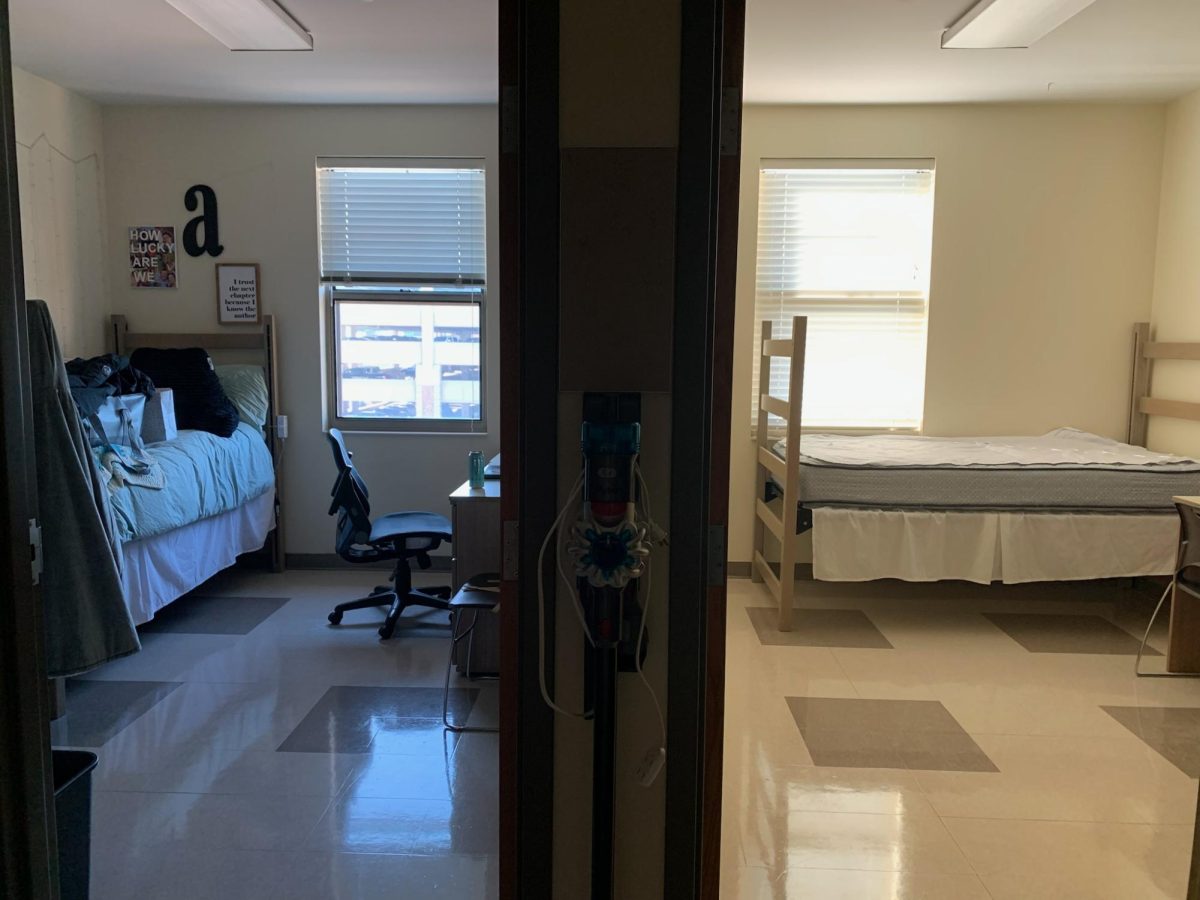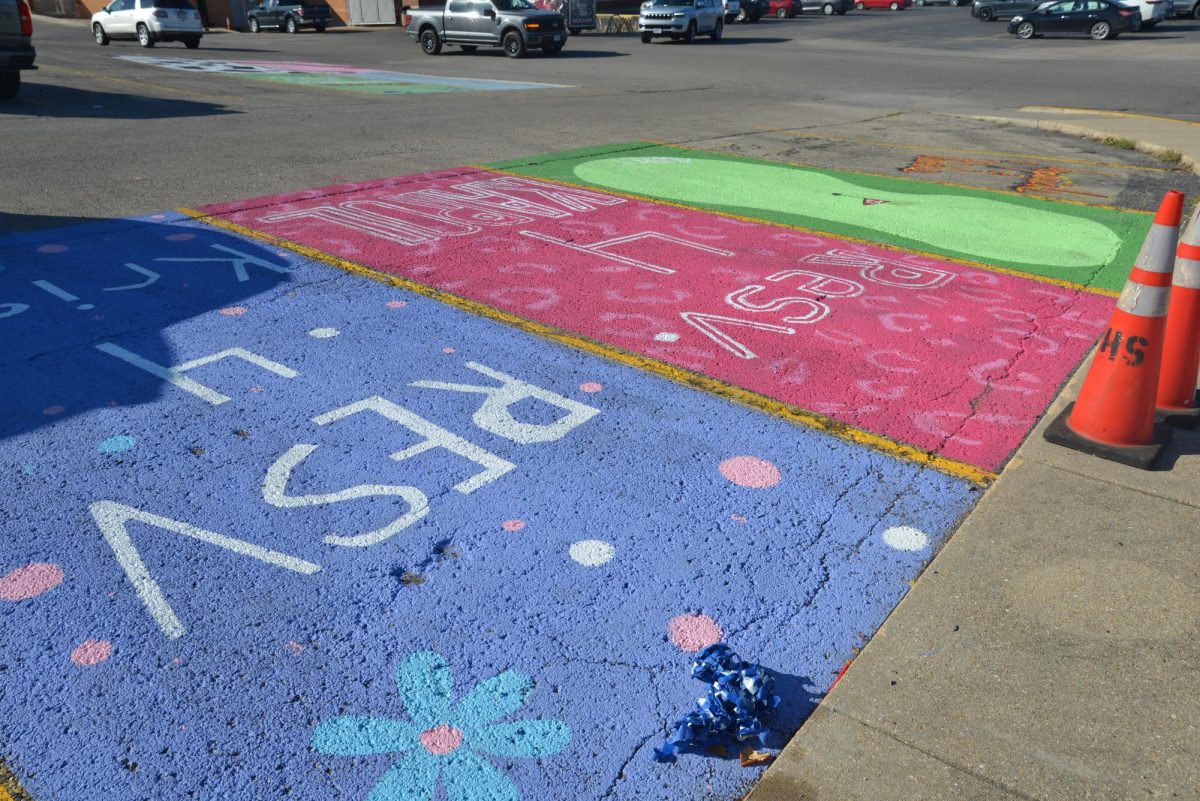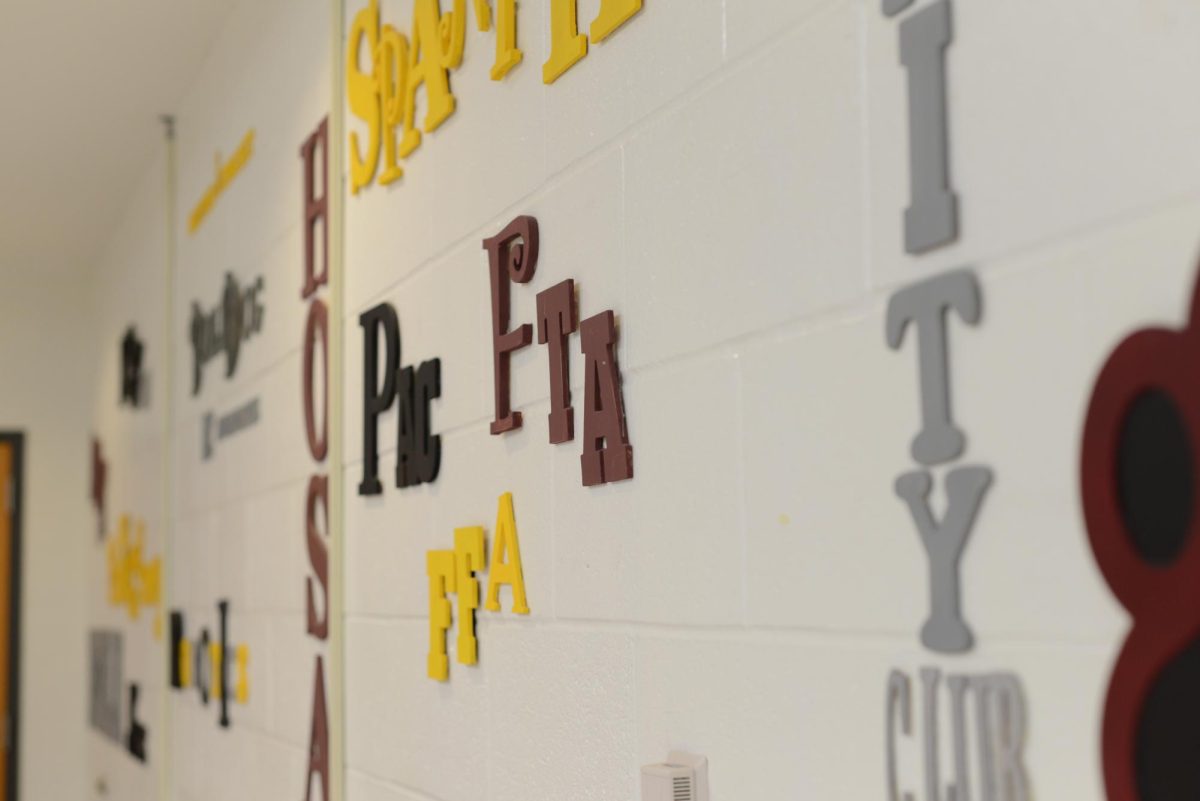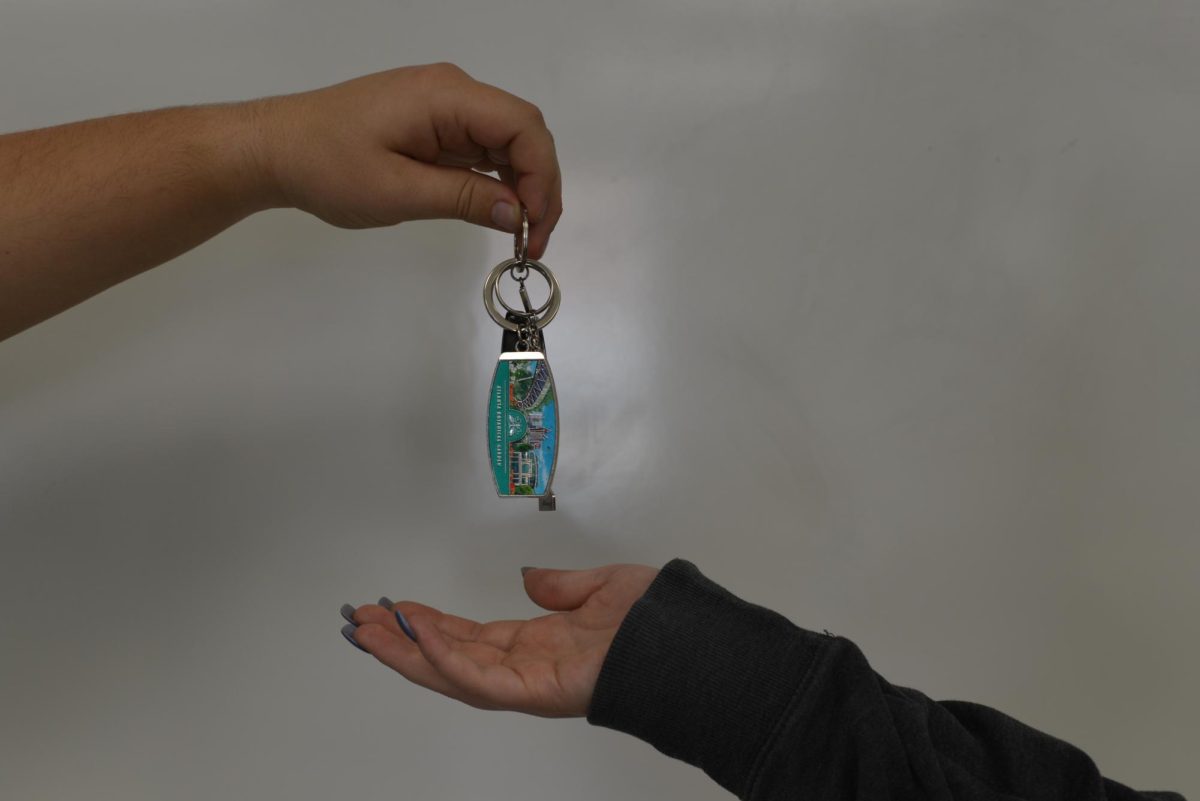Finding a little stray puppy on the side of the road, abandoned or without any tags can suddenly spring bittersweet feelings in some people, namely younger people. Will someone decide they don’t care about the dog when they see the “dog found” posters? Will mom and dad decide to keep it? Sometimes however, the only thing that can be done is take the furry bundle to an animal shelter, and let them take care of it until the owner turns up, or it becomes ready for adoption. However, finding a stray and taking it to the Animal Shelter isn’t always a walk in the park. When fall comes around, more animals are taken into the shelter and suddenly there is the problem of overpopulation.
“When a shelter is overcrowded, it simply means that we do not have enough available cages and kennels to accommodate all of the animals that are waiting to come into the shelter. Our goal is to find permanent loving homes for each and every animal that comes into our facility. We often have animals here for several weeks and even months before they are adopted. This is when it creates a problem of overcrowding when all of our kennels are full and numbers animals are needing to come in and we don’t have the space,” Rolla Animal Control Shelter manager, John Redshaw said.
However, the shelter can only take in a certain number of animals, and while they aren’t limited on what kind they take in, the primary focus is on just certain animals.
“We have 24 dog kennels and 22 feline cages. When those are filled, we consider the shelter filled to capacity. It is at this point that if other animals are needing to come in and we are at capacity, we can now consider us to be overcrowded,” Redshaw said. “Our primary animals are dogs and cats, however, we also pick up Raccoons, Opossums, Groundhogs, Armadillo’s, snakes of various species, potbelly pigs, goats, chickens, ducks, birds of various species, bats, beavers, fox and whatever else we happen to get calls on. However, we do not have the proper equipment to handle large animals such as horses, cattle, or bears.”
As soon as an animal is taken in, it immediately becomes that shelter’s property and responsibility.
“Once an animal is taken in to the shelter, it becomes the property of that specific shelter. That animal has to be properly cared for by the shelter staff until that animal is adopted. Shelter for the animal must be provided, wholesome food must be fed and fresh water must be provided. The kennel must be cleaned daily and any existing and obvious medical issues must be addressed,” Redshaw said.
The weather is a factor played in picking up animals on a day-to-day basis.
“When the weather is dry and sunny, we may pick up 2-4[animals] a day. This does not include the number of animals that citizens may find running loose in the streets. On a cold and dismal day, we may pick up one. It just depends,” Redshaw said. “In 2011, we actually picked up and/or impounded over 2000 animals. So far in 2012, we have picked up and /or impounded close to 700.”
Certain times of the year will also sometimes bring a new wave of overpopulation for the animal shelter.
“We usually see a large increase in the number of animals coming into our facility around late spring and early to late summer. This is usually when dogs and cats are more active. The weather is good, kids are out of school, vacation time is approaching and dogs and cats are running loose. It settles down a bit and then picks up again in the fall,” Redshaw said.
Increases in overpopulation comes from many things, sometimes neglect, and sometimes a family is just no longer able to support the cost of owning a pet.
“The current economic crisis has not only affected people, pets as well, have also felt the sting of their owner’s misfortune. The owner’s may have lost their job, lost their home or have been forced to move into a new home which may not allow pets or simply, the owner is no longer able to provide adequate care for their pets for other reasons. Many animal owners try to relinquish their pets to local animal shelters or rescue organizations that are already full to capacity and they are unable to take in additional animals. Unfortunately, this causes the owner to resort to more drastic measures, they simply abandon their pets or “dump” them out somewhere and hope that someone finds them, takes them in and is able to give them a better life. Another factor contributing to stray and/or abandoned animals usually falls back onto the owner. Because of the high cost of spaying and neutering, some pet owners are not financially able to have their pets altered. And there are the owners that are interested in breeding their pets but find that they are unable to sell or give away the offspring and simply find somewhere to dump the animals because they have too many and are not able to provide for them properly.” Redshaw said.
Once reaching overpopulation status, there are several things that a shelter can do to alleviate the burden of being over filled.
“We do everything in our power to adopt all of our animals. We post pictures of our animals on our Shelter face book which usually has positive effects on our adoption rate. We also transfer some of our longer animal residents to animal rescue organizations where they are able to have them spayed and neutered and vaccinated and subsequently placed up for adoption. We also work with various rescue groups in our area,” Redshaw said. “ Also on occasion, some shelter animals may be “transferred” to rescue organizations or other animal shelters if they are able to take in additional animals in order to eliminate overcrowding in the original shelter.”
There are millions of pets that find their way into a shelter each year, and nearly half are lost to euthanasia.
“Each year, approximately 8 million stray and unwanted animals are taken in by shelters across the country. Tragically, about 3.7 million — nearly half — of these animals must be euthanized because good homes cannot be found for them. In fact, shelter euthanasia is the leading cause of death for both dogs and cats in the United States,” Redshaw said.
The Rolla Animal Shelter has a very high adoption rating, which means that using animal euthanasia is not something they have to do often. Using euthanasia is not something that is done as soon as an animal gets in the shelter. An animal will only be euthanized if they become a liability.
“As for animal euthanasia, we do not like to do this. Euthanasia is the worst part of our entire job. However, we do occasionally have to euthanize. When we do, we focus on animals that are aggressive, sick or have issues which would make them a liability to the owner or the City of Rolla if adopted. Our monthly adoption rate runs anything between 75% and 99%,” Redshaw said.








